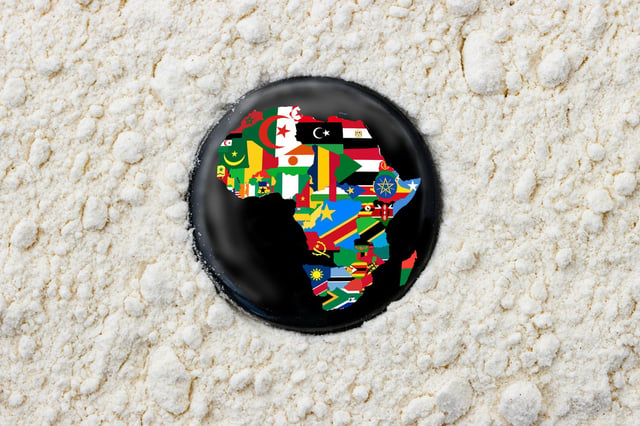Overview
- Analysis of 251 drug samples from Cameroon, Ethiopia, Kenya and Malawi revealed API levels skewing between 28% and 120% of labeled doses.
- Only one in ten defective medications were caught by visual inspection, the prevailing screening method in the region.
- Contributing factors include high demand, weaknesses in manufacturing and storage practices, and the absence of adequate regulatory capacity.
- Sub-Saharan Africa currently has no laboratories equipped to perform chemical analyses of cancer drugs to global regulatory standards.
- To address this gap, researchers are developing the chemoPAD, a low-cost paper-based device for point-of-care drug quality screening.
